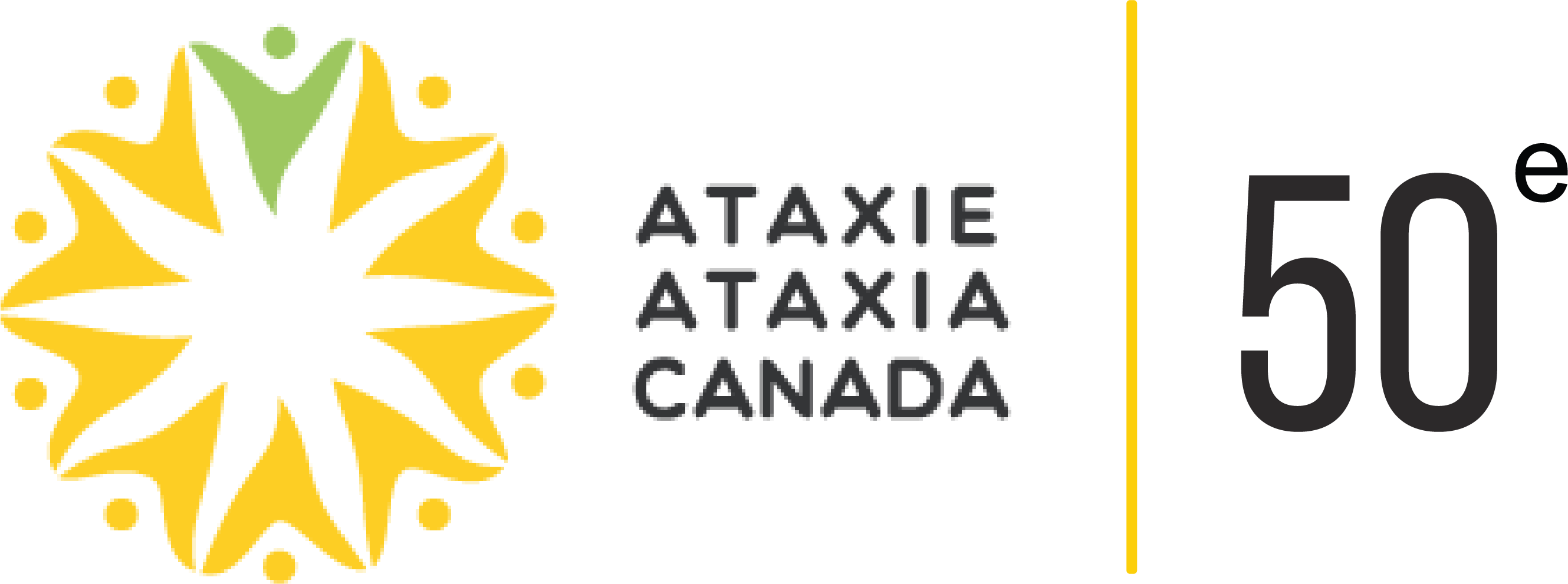Abstract
Autosomal recessive spastic ataxia of Charlevoix-Saguenay (ARSACS) is a clinically homogeneous form of early-onset familial spastic ataxia with prominent myelinated retinal nerve fibers. More than 300 patients have been identified, and most of their families originated in the Charlevoix-Saguenay region of northeastern Quebec, where the carrier prevalence has been estimated to be 1/22. Consistent with the hypothesis of a founder effect, we observed excess shared homozygosity at 13q11, among patients in a genomewide scan of 12 families. Analysis of 19 pedigrees demonstrated very tight linkage between the ARSACS locus and an intragenic polymorphism of the gamma-sarcoglycan (SGCG) gene, but genomic DNA sequence analysis of all eight exons of SGCG revealed no disease-causing mutation. On the basis of haplotypes composed of seven marker loci that spanned 11.1 cM, the most likely position of the ARSACS locus was 0.42 cM distal to the SGCG polymorphism. Two groups of ARSACS-associated haplotypes were identified: a large group that carries a common SGCG allele and a small group that carries a rare SGCG allele. The haplotype groups do not appear to be closely related. Therefore, although chromosomes within each haplotype group may harbor a single ARSACS mutation identical by descent, the two mutations could have independent origins.
